Formula 1®
New drivers, teams & regulations: Innovations for the 2016 Formula One season
1- New teams & drivers
We welcome one new and one new-old team to Formula One in 2016. A new American outfit, Haas F1, is at last attempting to secure a regular place in the premier class. Haas have had a great deal of assistance from Ferrari in this undertaking. A familiar motor racing great is also returning as Renault rejoin the scene. The French have taken over Lotus and will enter a works team in F1 once again.
The Manor engine deal comes with strings. Mercedes have placed their test driver Pascal Wehrlein in a permanent cockpit at Manor. Young Indonesian driver, Rio Haryanto, will partner the DTM champion. Esteban Gutierrez at Haas and Kevin Magnussen at Renault are returning after a year's break. Ex-Lotus test driver Jolyon Palmer will be the Danish driver's team-mate.
2 - New format in qualifying: Revised elimination system
A revised qualifying format is being introduced in 2016. The three segments will be retained but with a new elimination system. The slowest driver will be eliminated after around half of each session has taken place, and then the next slowest driver every 90 seconds until the chequered flag. A battle for pole position will then take place in Q3 at the end.
3 - Record-breaking race calendar: Grand Prix of Europe in Baku
Logistics technicians will really have their work cut out for them this season. Formula One will head to Baku for the first time in 2016 when the Grand Prix of Europe is staged in mid-June while the 24-Hours of Le Mans race is in progress. The race calendar will grow to set a new record of 21 fixtures, as Germany will again stage a race in Hockenheim. For the teams' logistics experts who have to ship 30-40 tons of equipment per race weekend, this means coping with two extra races compared to last year. The rules even had to be rewritten to accommodate these changes, as previously, they only allowed for 8-20 grands prix. Other alterations have followed as a consequence with the Malaysian GP moving to the final third segment of the season, while Russia takes its place in fourth position.
5 - New tyre compound: The ultrasoft
A new tyre is being introduced, the seventh in the Pirelli range, called 'ultrasoft' and marked purple. The softest of all the five slick compounds is intended to be used mainly on street circuits and in qualifying. According to Pirelli, the new tyre is 0.5-0.9 seconds faster than the supersoft depending on track but is only good for a really hot time and for very short stints in the race. It's a new tactical gimmick. We have already seen the ultrasoft in testing, but the new tyre will probably make its race debut in Monaco.
6 - New choice of tyre: Greater freedom
There are even more changes as regards the selection of sets of tyres in 2016. Although 13 sets of slick tyres per driver and weekend are still allocated, only three of them are now mandated by Pirelli. Two of the three have to be retained for the race, one of which definitely has to be used. All drivers have to save the third set for Q3 and that has to be the softest compound in use that weekend. Drivers in the Top 10 can still start on the tyre on which they posted their fastest lap in Q2. Those drivers who do not go through to Q3 can use this set in the race. Teams have a free choice for the remaining ten sets from the three compounds nominated by Pirelli. Teams can run different tyres for their drivers.
7 - DHL Fastest Lap Award & DHL Fastest Pit Stop Award
Thousandths of a second are crucial in Formula One. Every little detail counts. Every movement of the hand is important, whether on a hot lap in qualifying, on a long run in the race or during decisive pit stops. Following the guiding principle of "Great is in the detail", DHL will once again this season present awards to the driver posting the most fastest laps and to the team with the highest number of fastest pit stops. In the past two years, World Champion Lewis Hamilton has won the DHL Fastest Lap Award which has been presented since 2007. The DHL Fastest Pit Stop Award was first introduced in 2015 and is awarded to the fastest, most consistent pit crew in the paddock. Scuderia Ferrari secured the accolade last season, the year of its inception.

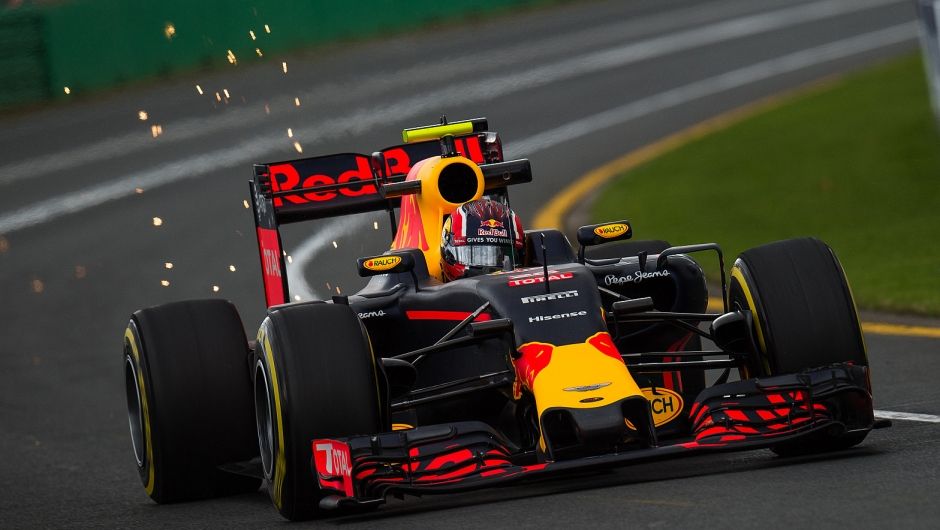
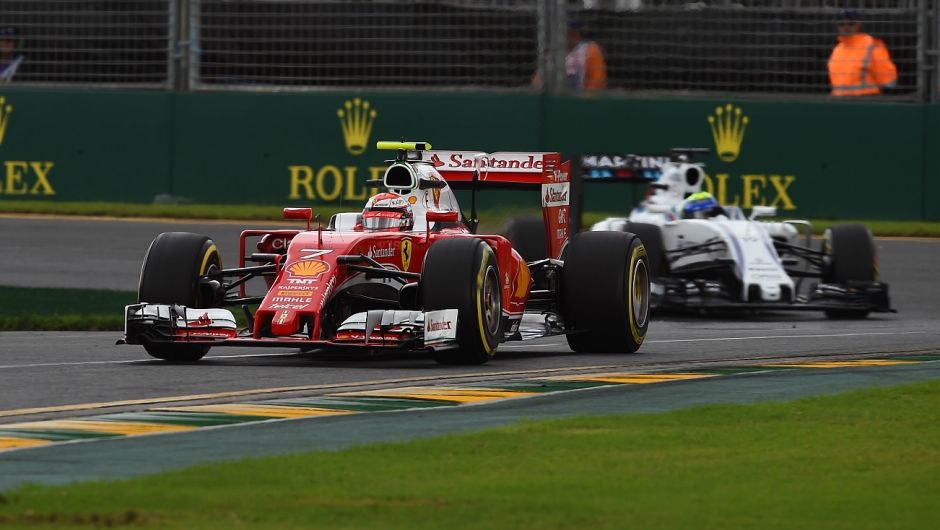

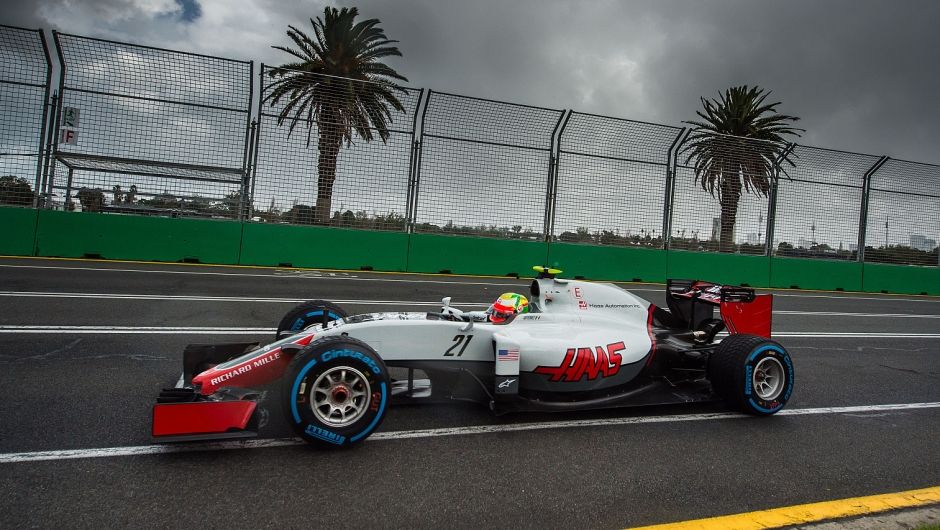
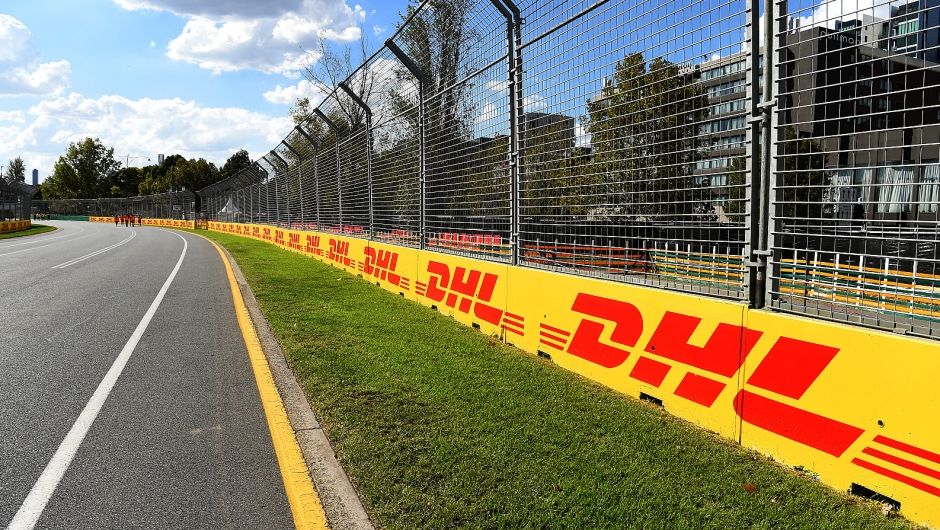
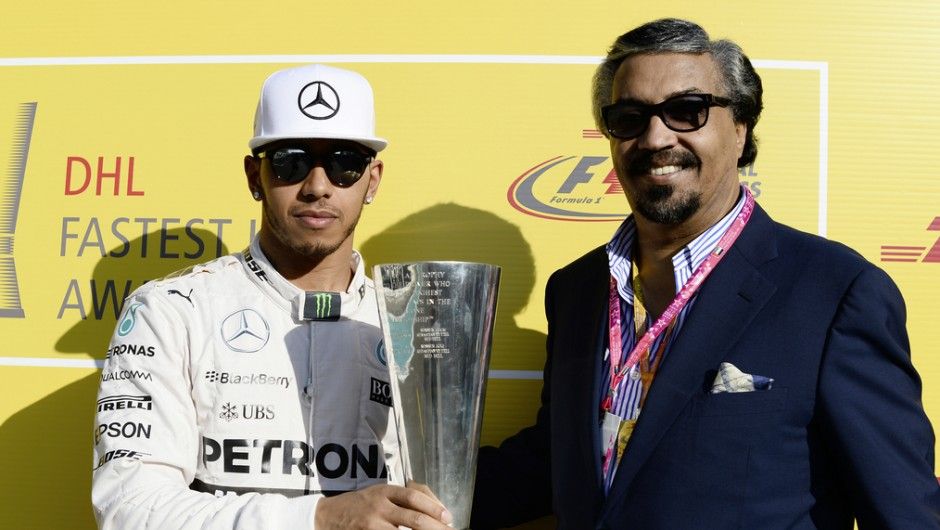
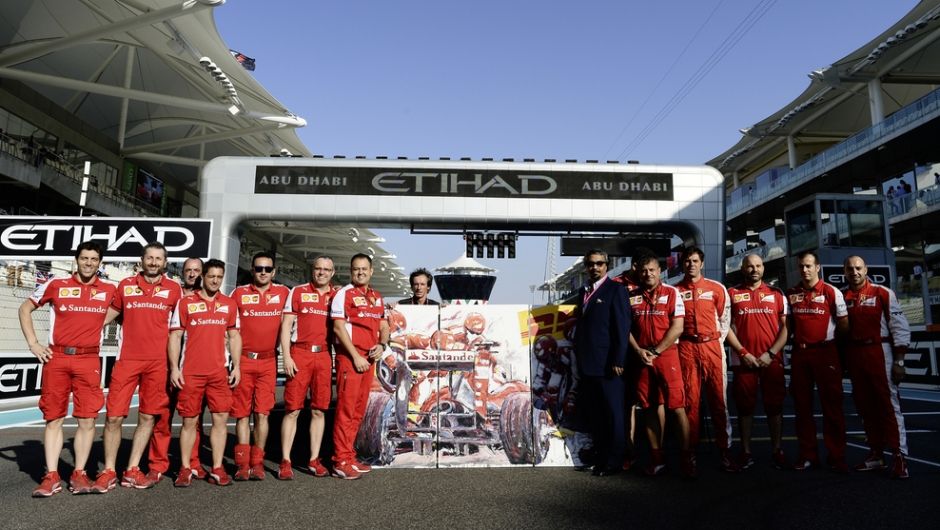
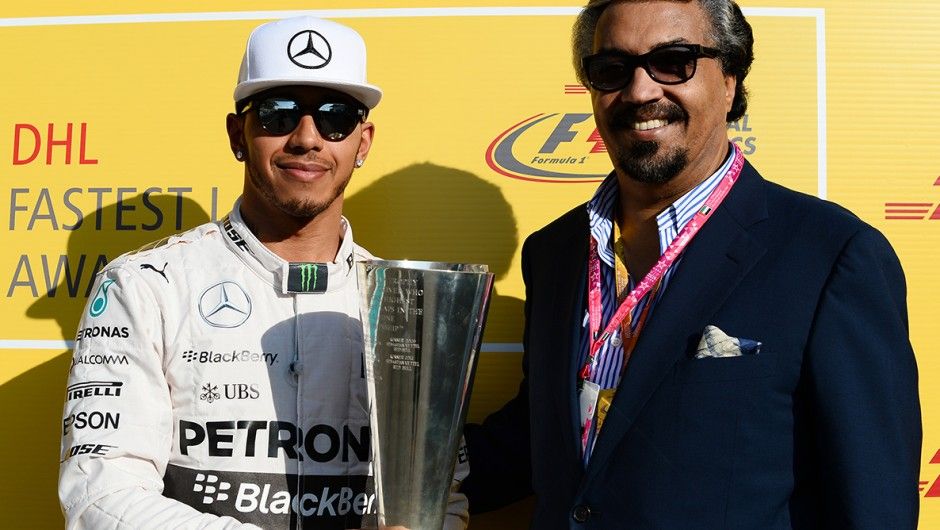
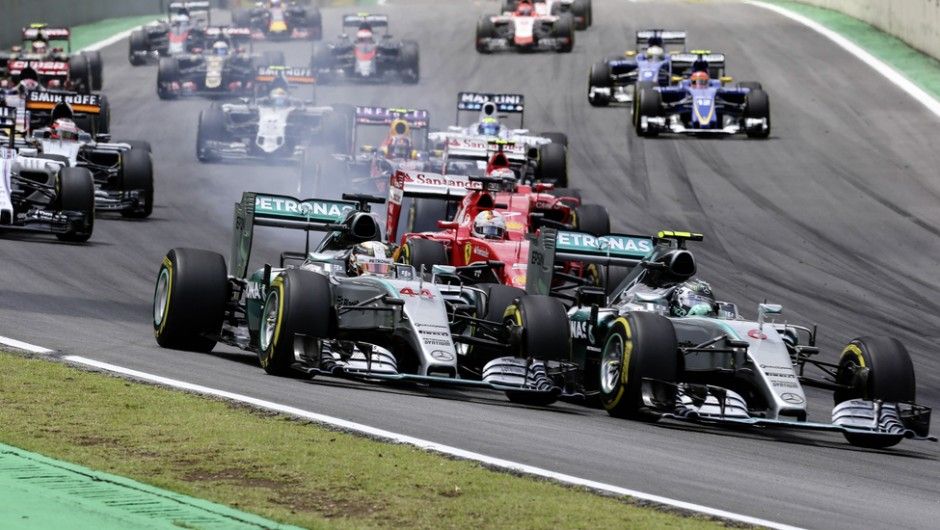
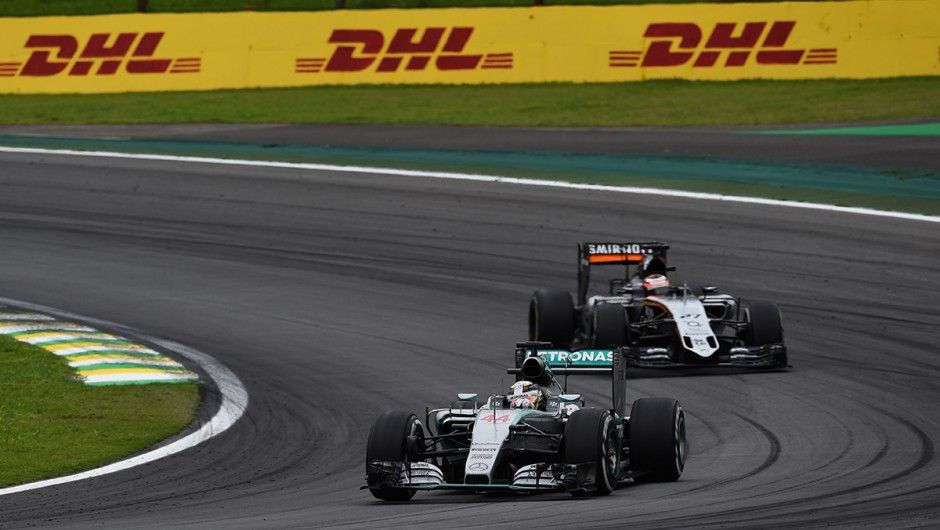
Content from disqus has been blocked because you did not allow to load it.
Loading the blocked content will adjust your privacy setting and content from this service will not be blocked in the future.
You have the right to revoke or change your decision at any time.
Posting Guidelines
All communications on Logistics of Things should be appropriate for a professional community, respecting the diverse views of individuals from different backgrounds. We will review all comments and reserve the right to terminate or restrict access to user's account and to delete any content posted through it, without notice and at our discretion, if we deem it to be overly promotional, offensive, or off topic.
All posting become property of DHL.